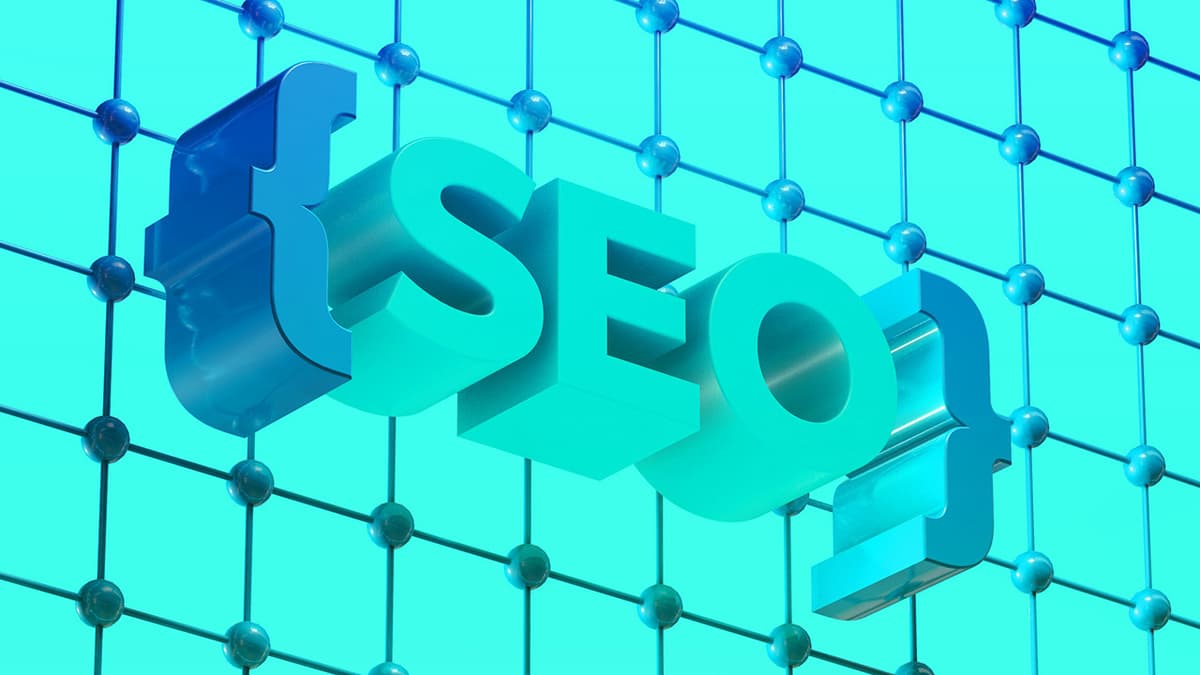The Beauty of TL;DR in the Workplace
In our fast-paced digital world, we often lack the time to read lengthy emails, reports, and documents. TL;DR, which stands for "Too Long; Didn't Read," offers a practical solution by providing concise summaries of longer content.
TL;DR acknowledges our need for brevity, allowing us to grasp essential points quickly and efficiently in our daily interactions.
TL;DR: The Office Hero
Imagine this: you're at the coffee machine, and a coworker asks, "Can you give me the TL;DR on the client report?" Instead of reciting a lengthy document, you can respond, "Client is happy, but we need to ramp up our social media presence to boost engagement."
This brief exchange enables your colleague to understand the key points without sifting through pages of information. TL;DR promotes efficiency and keeps everyone aligned.
When TL;DR Shines in the Workplace
Meetings
Have you ever sat through a meeting that should have been an email? Starting with a TL;DR saves time, allowing participants to quickly grasp the main points before deciding whether they need to hear more.
Emails
Some emails can be excessively long. Using a TL;DR at the top can clarify the message's essence. It acts like a movie trailer, giving highlights that help the reader decide if further reading is necessary.
Reports
A lengthy report can be daunting. Summarizing key findings and recommendations with TL;DR allows coworkers to quickly understand critical information and prepare for discussions or decisions.
Knowing When to TL;DR
While TL;DR is useful, it’s important to know when to use it. Here are some guidelines:
-
Use TL;DR for complex information that can be summarized without losing key details. For example, a quarterly financial report can be effectively summarized for a quick understanding of the company's performance.
-
Avoid TL;DR for sensitive or nuanced topics that require deeper insight. Discussing personal matters or complex issues often necessitates providing a full context.
-
Consider your audience. Some colleagues prefer brevity, while others may appreciate more detail. Tailor your approach based on who you are communicating with.
The Unspoken Rules of TL;DR
Crafting an effective TL;DR summary requires skill. Keep these points in mind:
-
Be accurate. Ensure that your TL;DR reflects the key points correctly. Avoid oversimplifying to the point of losing meaning.
-
Be clear. Refrain from using jargon unless you are sure the recipient will understand it.
-
Be useful. Include enough information to make the summary actionable or informative depending on the context.
-
Be respectful. Acknowledge that you are condensing the work someone invested time in preparing.
TL;DR can be a powerful tool in business communication. Used wisely, it enhances efficiency without replacing detailed content, offering a smarter way to consume information.












